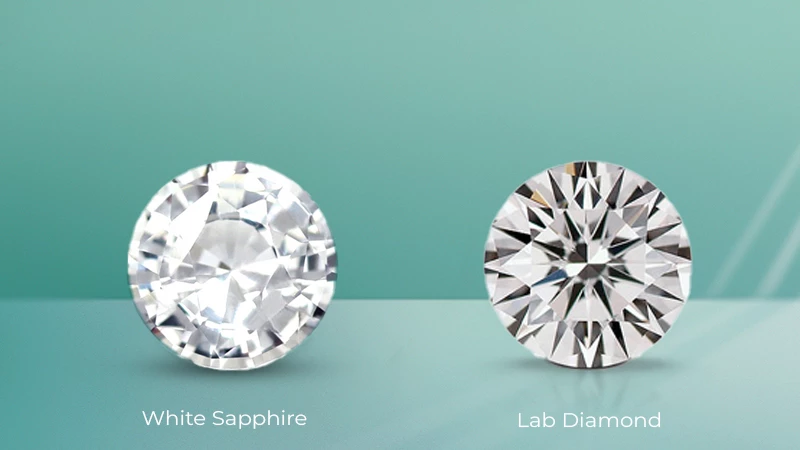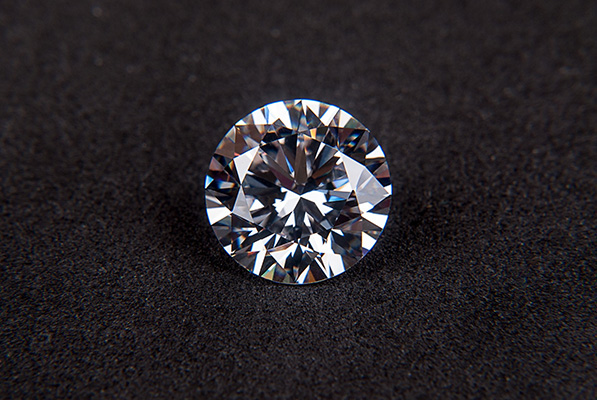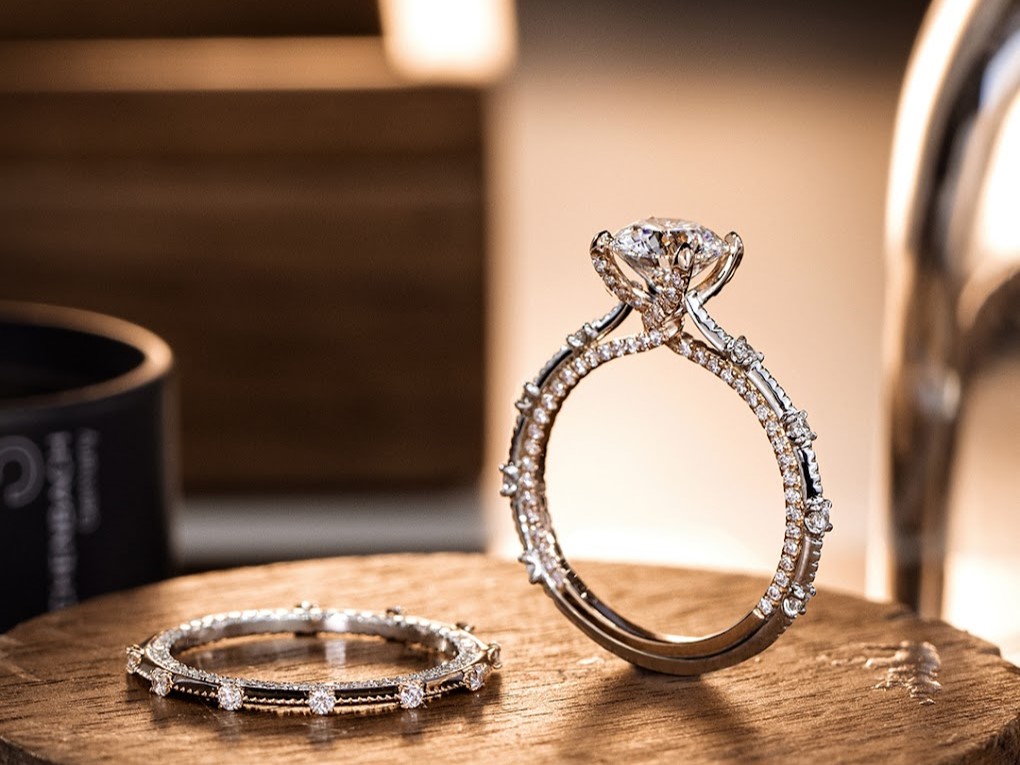In the steadily developing universe of fine gems, white sapphire vs diamond — including lab-made diamonds — offer two distinct yet similarly enchanting choices. As consumers become seriously discerning, understanding the differences between these gemstones is crucial. This comprehensive aide dives into the novel credits of white sapphires and diamonds, comparing normal and lab-made assortments to assist you with settling on an educated decision.
Grasping White Sapphires
White sapphires, an assortment of corundum, are cherished for their brilliance and toughness. Dissimilar to their more renowned counterparts, blue sapphires, these gemstones lack color because of the absence of trace components. They are in many cases chosen as a cost-effective option in contrast to diamonds, offering a comparable esthetic allure.
Origin and Development
White sapphires are framed in the world’s crust under outrageous intensity and tension. Regular white sapphires are uncommon, with most being heat-treated to enhance their clarity and colorlessness. This treatment doesn’t detract from their worth, as it is a common and accepted practice in the gemstone business.
Physical Properties
White sapphires score 9 on the Mohs scale of hardness, making them profoundly impervious to scratches. Nonetheless, they are not quite so hard as diamonds, which score a perfect 10. Notwithstanding this, their sturdiness settles on them an excellent decision for regular wear.
Appearance and Esthetics
While white sapphires can be cut and cleaned to achieve a splendid completion, they typically lack the fire and shimmer of diamonds. This is because of their lower refractive record and scattering. Consequently, they frequently show up more curbed in direct light, offering an unpretentious elegance.
Normal Diamonds: The Encapsulation of Extravagance
Normal diamonds, framed profound inside the earth north of billions of years, are eminent for their exceptional brilliance and extraordinariness. They are composed of carbon iotas organized in a crystal lattice, giving them unrivaled hardness and light-reflecting properties.
Arrangement and Mining
Normal diamonds structure under outrageous conditions, requiring high temperatures and tensions. They are typically found in kimberlite pipes or alluvial stores. The mining process can be naturally intrusive, frequently prompting ethical concerns connected with labor practices and ecological impact.
Physical and Optical Properties
Diamonds are the hardest known normal material, flaunting unmatched resistance to scratching. Their high refractive file and scattering give them the characteristic shimmer and fire that make them so pursued. The nature of a diamond is assessed in light of the 4Cs: Carat, Color, Clarity, and Cut.
Esthetic and Symbolic Worth
Diamonds are frequently associated with extravagance and status. They are the conventional choice for wedding bands, representing endlessness and strong bonds. Their unmatched shimmer and extraordinariness make them an immortal image of riches and sophistication.
Lab-Made Diamonds: A Cutting edge Wonder
Lab-made diamonds, otherwise called synthetic or cultured diamonds, are created in controlled laboratory conditions. They have a similar physical, chemical, and optical properties as normal diamonds however offer a few distinct benefits.
Production Techniques
There are two essential techniques for producing lab-made diamonds: High Strain High Temperature (HPHT) and Chemical Fume Statement (CVD). The two processes replicate the normal conditions under which diamonds structure, bringing about gemstones that are basically unclear from their regular counterparts.
HPHT Strategy: Includes subjecting carbon to outrageous intensity and strain, mimicking the regular conditions tracked down in the world’s mantle.
CVD Technique: Uses a gas blend in a vacuum chamber, permitting carbon particles to store onto a substrate, slowly framing a diamond crystal.
Quality and Characteristics
Lab-made diamonds are reviewed involving similar criteria as lab made diamonds. They can display excellent clarity and color, frequently astounding regular diamonds in these aspects because of the controlled development climate. Moreover, lab-made diamonds are liberated from the ethical concerns associated with mining, making them a supportable and eco-accommodating choice.
Cost and Accessibility
Lab-made diamonds are for the most part more reasonable than normal diamonds, making them an attractive choice for frugal consumers. They offer an excellent incentive, giving similar brilliance and sturdiness as normal diamonds for a portion of the cost.
Comparative Examination: White Sapphire vs. Lab-Made Diamonds
While choosing between white sapphires and lab-made diamonds, a few factors should be considered. Each gemstone offers exceptional benefits, and the decision eventually relies upon individual preferences and needs.
Sturdiness and Hardness
While both white sapphires and lab-made diamonds are strong, the last option has a slight edge because of its unrivaled hardness. This makes lab-made diamonds more impervious to scratches and ordinary wear, guaranteeing dependable brilliance.
Brilliance and Fire
Lab-made diamonds display a more significant level of brilliance and fire compared to white sapphires. This is because of their predominant refractive file and scattering, which permit them to reflect all the more light. Consequently, lab-made diamonds offer a seriously stunning visual allure.
Cost-Effectiveness
White sapphires are by and large more reasonable than lab-made diamonds. In any case, the price difference has limited as the production of lab-made diamonds becomes more efficient. The two choices give a cost-effective option in contrast to regular diamonds, offering comparable visual allure at a lower price point.
Ethical and Ecological Considerations
Lab-made diamonds are frequently liked for their ethical and ecological advantages. They don’t include mining, hence staying away from the associated ethical issues and ecological impact. Then again, white sapphires, when sourced capably, likewise offer a sans conflict choice.
Conclusion: Pursuing an Educated Decision
Choosing between white sapphires and lab-made diamonds includes a careful consideration of different factors, including strength, brilliance, cost, and ethical concerns. While the two gemstones offer exceptional benefits, lab-made diamonds stand apart for their unrivaled brilliance, ethical production, and increasing moderateness. White sapphires, in any case, stay a feasible choice for those looking for a lovely and strong gemstone at a lower price point.




